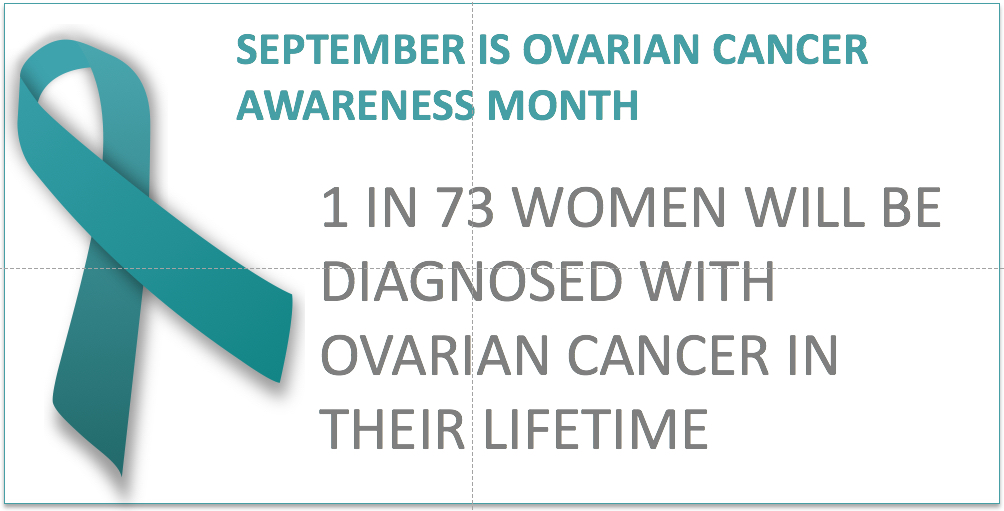Dr. Alberts shares what a woman can to to reduce her ovarian cancer recurrence once she has entered complete remission.
Dr. Alberts:
First of all, we are talking about women who are in a clinical complete remission. After they have had all their chemotherapy and their maintenance treatment whether it’s with bevacizumab, the Avastin, or whether it’s with Taxol treatment as maintenance therapy but who have completed their treatment, and typically what happens with those women is that the doctor will say, the gynecologic oncologist or a medical oncologist will say, “Mrs. Jones, you are in a complete remission. We don’t need to do anything further. You can come back in three months for a serum CA-125 test,” and the woman says, “Gee, there must be something that I can do,” you know, and they feel helpless because they know that there was about 70% chance of a recurrence, and with the recurrence then the chances of having a cure have pretty have much dissipated.
So the Women’s Health Initiative, which was a 48,800 person study, you know, these were all normal women, age 55 or older, who were randomly assigned after consent to a low-fat diet, versus a regular diet. The low-fat diet was not a very rigid diet. It was about 25% of calories from fat, plus five to eight servings of fruits and vegetables a day. So it was a very healthy diet.
In that study the primary endpoint was to try to prevent colorectal cancer development and reduce the incidents. There was no effect on colorectal cancer development. There are lots of reasons why that might have happened but as a second analysis, there was a greater than 40% reduction in the risk of developing ovarian cancer, and that is a very healthy reduction in risk – 40%. If we could achieve that, we’d go from 20,000 cases of ovarian cancer a year to about 12,000.
So that’s a powerful finding, and if you combine that with enhanced physical activity, for example walking a mile a day, 30 to 60 minutes of physical activity, we think that there are many, many studies that show about a 30% reduction in risk from being physically active.
So you add physical activity to a low-fat, healthy diet, increased fruits and vegetables, and you come out with probably more than a 50% reduction in your risk for having ovarian cancer. Well that would be a magical way for improving our ability to manage this disease. We’d go from 20,000 to 10,000 cases a year and then it becomes much more manageable problem.
The problem of course with ovarian cancer is even though there are only 20,000 cases a year, there are 14 to 15,000 deaths. So it’s one of the most lethal; it’s one of the three most lethal cancers that we deal with.
About Dr. David S. Alberts, M.D.:
David S. Alberts, MD, has had a strong career focus on translational cancer prevention and treatment research. The emphasis of his laboratory-based and clinical research has been on the chemoprevention and treatment of such pervasive and potentially deadly diseases as cancers of the breast, colon, ovary, and skin. Clinically, Dr. Alberts pioneered new treatments for advanced ovarian cancers, including in vitro tumor cell chemosensitivity testing for personalized medicine strategies, intraperitoneal chemotherapy, and maintenance chemotherapy.
Visit Dr. Alberts at The Arizona Cancer Center








Add a CommentComments
There are no comments yet. Be the first one and get the conversation started!